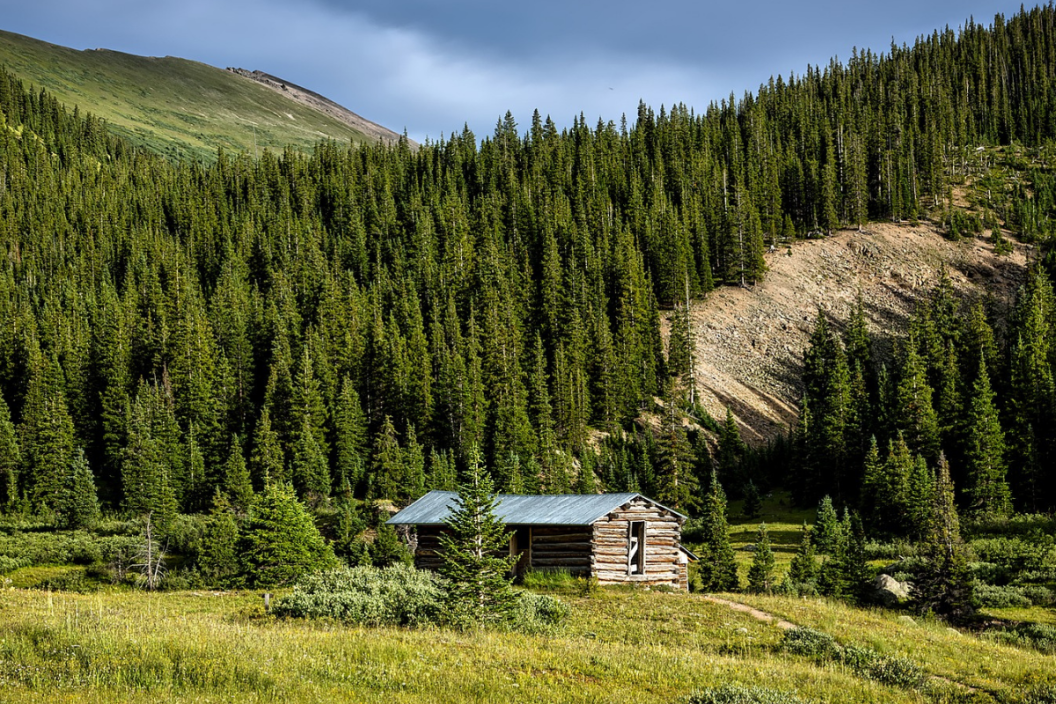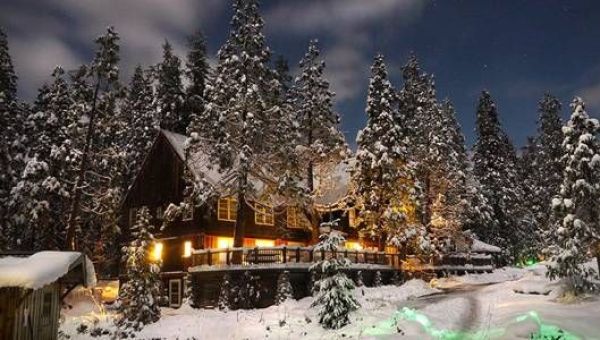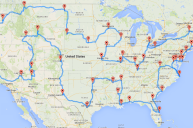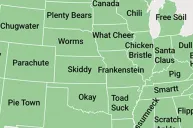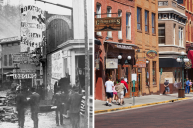A white picket fence outlining a neatly groomed yard in a precisely planned development has been the stereotypical "American dream" for years. But now, some Americans are dreaming of off-grid living with more space, less government, and lots of independence.
"Off the grid living" means living off the land and without government assistance. The movement has garnered a lot of buzz in recent years, and these sustainable communities have been springing up in rural areas all across the country. Although those who live off the grid are cut off from traditional power, sewage, water, and gas lines, these sustainable communities generate their own electricity and communicate via satellites.
While you'll still be paying property taxes on your personal set up, and will need to be up to par with building codes, but there can be something so freeing about getting away from the hustle and bustle of stressful city life. Self-sufficiency is key with this way of life that could ultimately lead to a lower cost of living in the long run.
There are some excellent options for off-grid living in states like Montana, Idaho, Arizona, and Florida but we've rounded up some of our favorites that are best of the best. Here are seven places for going off the grid and living sustainably in the U.S.
Three Rivers Recreation Area
Hidden in Central Oregon, Three Rivers Recreation Area is home to about 625 off-the-grid homeowners. The 4,000-acre community offers solar-powered electricity, high-speed internet, and satellite television. But if you're a little more outdoorsy, there are plenty of opportunities for riding dirt bikes, hunting, fishing, and stargazing. The properties in the community range from simple campsites to cabins to million-dollar homes, so there's sure to be something in your price range at Three Rivers.
Greater World Community
The Greater World Community is home to the world's first "Earthship" subdivision. Earthship homes are sustainable, solar-powered buildings made of eco-friendly materials, like Adobe and recycled tires. Sprawled out over 634 acres in Taos, New Mexico, the Greater World Community offers residents open green space with hiking, biking, and parks in its stunning mountain ranges.
Some off-the-grid communities pop up because homeowners don't have access to power utilities. Others, like Breitenbush, are deliberately off-the-grid. Breitenbush is an Oregon community with approximately 60 permanent residents. The Breitenbush Hot Springs Retreat and Conference Center also draws in tourists to the community. What makes this off-the-grid community so special is that it's heated by geothermal wells. Oregon is one of the best states for living off the grid and arguably one of the most beautiful with its Pacific Northwest landscape that continues up into Canada.
Earthaven
Nestled in the mountains of North Carolina, just outside of Asheville, Earthaven is a planned community that focuses on being sustainable. Its 60 residents live in homes powered by solar panels and hydropower. The village is set on 320 acres of land and hopes to grow to be a community of 150 residents.
Emerald Earth
While most off-the-grid communities consist of several homes, Emerald Earth just one home where nearly a dozen residents. There's also no need for a septic system in this community because it runs on a composting outhouse. The communal house sits on 189 acres in Mendocino County, California.
Dancing Rabbit Ecovillage
Dancing Rabbit is an ecovillage in northeast Missouri that's home to 45 residents dedicated to living sustainably and making a cultural change. The community focuses on living simply, using renewable energy and building homes out of sustainable and reclaimed materials.
Twin Oaks Community
Just because you go off the grid doesn't mean you have to give up working and making money. At the Twin Oaks Community, residents work making and selling hammocks and tofu that they distribute commercially. The residents split the profits and make a stipend and receive health care benefits. Established in 1967, the community sits on 450 acres in rural central Virginia.
